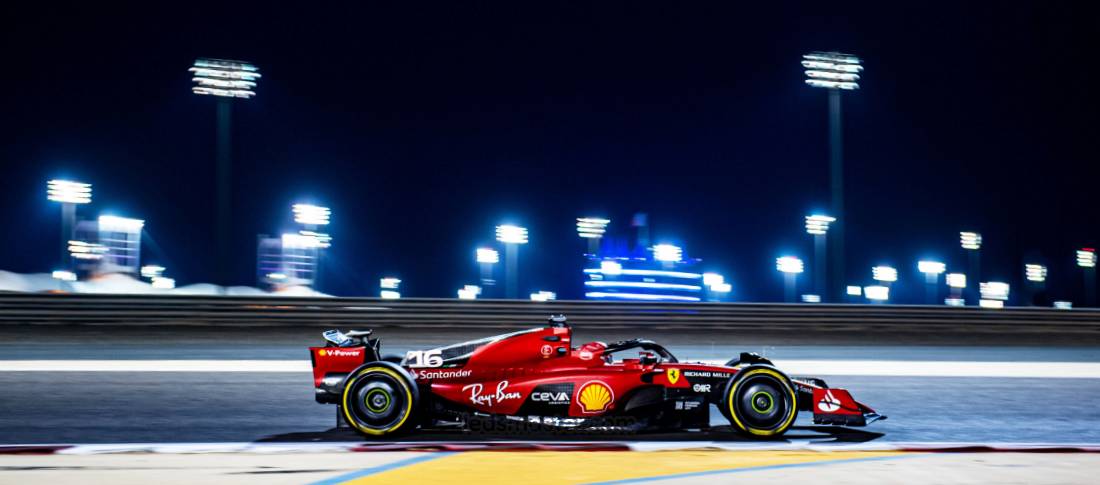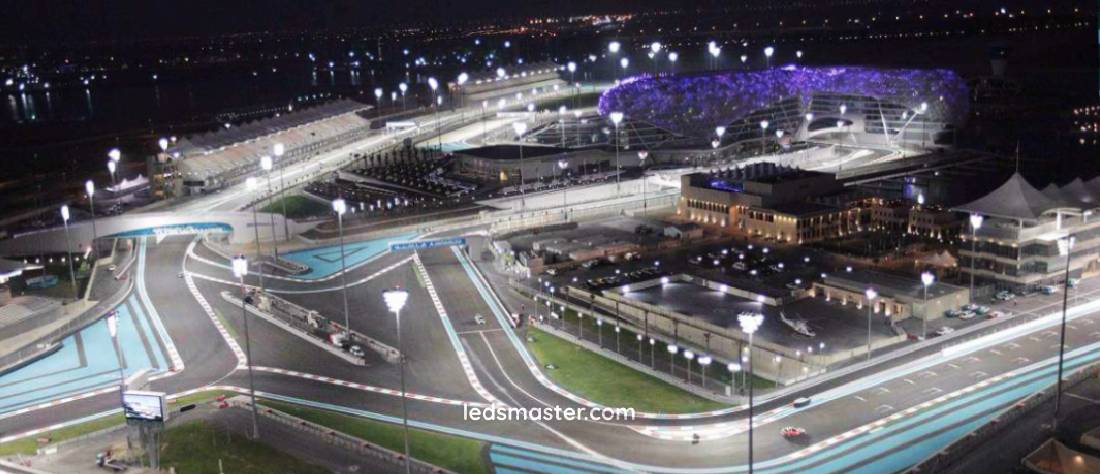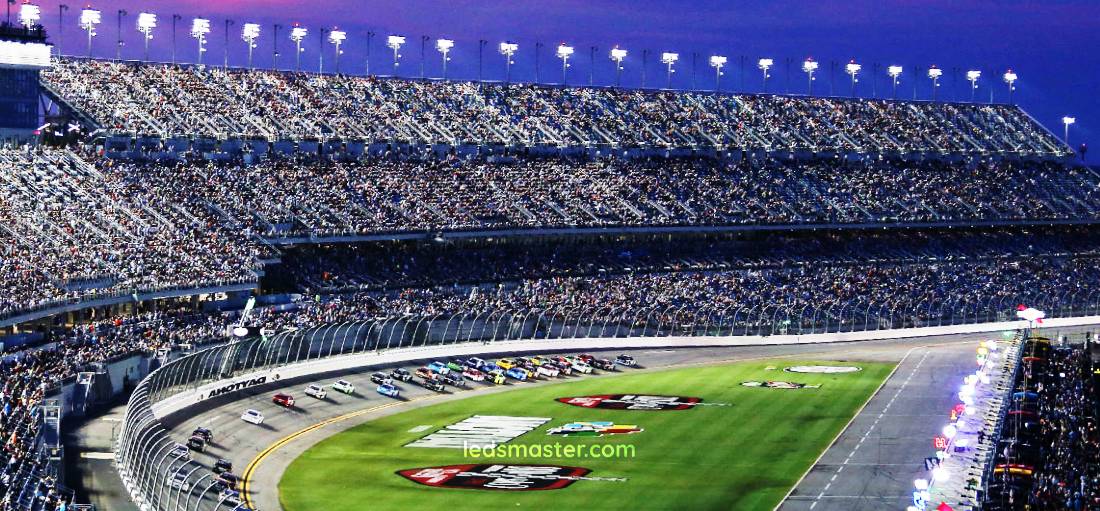As technology advances, many operators are replacing outdated lighting systems, embracing innovation and sustainability. This transformation illuminates a thrilling future in motorsports.
Get your complimentary lighting design today
Over time, the need for race track lighting replacement arises due to aging infrastructure, advancements in technology, and evolving standards for energy efficiency and safety. This comprehensive examination covers the various facets of race track lighting replacement, including the importance of lighting, factors influencing the decision to replace, the types of lighting technologies available, and a detailed case study illustrating the process.
Table of Contents
ToggleSeveral factors come into play when considering the replacement of race track lighting. These include technological advancements, maintenance costs, energy efficiency, and regulatory compliance.
Lighting technology has evolved significantly in recent years. Traditional high-intensity discharge (HID) lights, which were once the standard, are being replaced by more efficient options such as light-emitting diodes (LEDs). LEDs offer longer lifespans, lower energy consumption, and reduced heat output. These advancements make it more feasible for race tracks to upgrade their lighting systems and enhance the quality of illumination.
As lighting fixtures age, their performance can decline. Older systems may require frequent maintenance and replacements, leading to increased operational costs. Race track operators must weigh these costs against the benefits of installing new lighting systems. Investing in modern technology can reduce long-term maintenance expenses and improve reliability.

Energy costs represent a significant portion of the operating budget for race tracks. Upgrading to energy-efficient lighting can result in substantial savings. Additionally, many regions have established regulations aimed at reducing energy consumption. By replacing outdated systems with more efficient options, race tracks can ensure compliance with these regulations while also lowering their environmental impact.
Various regulatory standards govern lighting for sports venues. These may include specifications related to illumination levels, glare control, and energy consumption. Compliance with these standards is vital for the safety and satisfaction of competitors and fans. As regulations evolve, race track operators must stay informed and ready to make necessary adjustments to their lighting systems.
When it comes to race track lighting replacement, several technologies are available, each with its own advantages and disadvantages.
HID lighting has been a staple in sports venues for decades. These systems produce bright light and can illuminate large areas effectively. However, they have notable downsides. HID lights consume a significant amount of energy, have shorter lifespans compared to modern alternatives, and often require long warm-up times before reaching full brightness.
LED technology has gained popularity for race track lighting due to its numerous benefits. LEDs are highly efficient, converting a larger portion of energy into usable light. They also have a longer lifespan, reducing the frequency of replacements. Additionally, LEDs can be dimmed or adjusted easily, allowing for dynamic lighting effects that can enhance the spectator experience.
Fluorescent lights are another option for race track illumination. They are more energy-efficient than HID lights and provide a good quality of light. However, they have shorter lifespans than LEDs and may not perform as well in extreme weather conditions. For these reasons, fluorescent lights are less common in modern race track lighting systems.
| Lighting Technology | Lifespan | Energy Efficiency | Initial Cost | Maintenance Cost |
|---|---|---|---|---|
| HID | 15,000 hours | Low | Low | High |
| LED | 50,000 hours | High | High | Low |
| Fluorescent | 20,000 hours | Moderate | Moderate | Moderate |
The table illustrates the differences between the various lighting technologies, highlighting the benefits of LEDs in terms of lifespan and energy efficiency. The higher initial cost of LED systems is often offset by lower maintenance and energy costs over time.

When planning for lighting replacement, race track operators must undertake a thorough assessment of their current systems and the specific needs of their facility.
An evaluation of the existing lighting conditions is the first step in the replacement process. This assessment should include measurements of illumination levels across the track, identifying areas of darkness or inadequate lighting. Additionally, operators should consider factors such as glare and the uniformity of light distribution. Understanding these variables is crucial for determining the extent of the replacement needed and for selecting appropriate new technologies.
Setting clear objectives is vital for guiding the replacement process. These objectives may include increasing overall illumination levels, reducing energy consumption, enhancing aesthetics, or improving safety measures. By establishing specific goals, operators can align their replacement strategy with the broader vision for their race track. These objectives should also consider the specific needs of various events held at the track, from local races to professional competitions.
Budgeting for lighting replacement involves considering both the upfront costs and long-term savings. Operators must account for the initial investment in new lighting technology while also evaluating the potential reduction in energy and maintenance expenses. A comprehensive budget can help race track operators make informed decisions about the type of lighting to install. Furthermore, exploring potential funding sources, such as grants for energy efficiency upgrades, can help offset costs and improve financial viability.
Once a decision has been made regarding the lighting technology to be implemented, careful planning and execution of the installation process become paramount. This process requires coordination among various stakeholders, including lighting engineers, contractors, and race track management.
Selecting qualified contractors with experience in lighting installation is crucial. These contractors should possess knowledge of the specific requirements for race track lighting, including the need for durable fixtures that can withstand the elements and the demands of high-performance environments. Collaboration with these experts during the planning phase can help ensure that the installation aligns with best practices and meets the unique needs of the venue.
Establishing a clear timeline for the installation process is essential to minimize disruption to racing events. It is advisable to schedule the installation during the off-season or during periods of low activity. This allows for the completion of the project without interfering with the race calendar. A well-structured timeline can help keep the project on track and ensure timely completion.
After the installation is complete, thorough testing of the new lighting system is essential. This phase involves assessing the illumination levels, checking for any areas of inadequate lighting, and ensuring that all fixtures are functioning correctly. Commissioning the lighting system includes making necessary adjustments to optimize performance and ensure compliance with safety regulations. Operators should document all testing results to have a clear record of the lighting system’s capabilities.
Although the installation of a new lighting system marks a significant improvement, ongoing maintenance remains a key consideration. Regular upkeep is necessary to ensure the long-term performance and efficiency of the lighting solution.
Routine maintenance practices should include regularly inspecting fixtures for signs of wear and tear. Cleaning lenses and fixtures to remove dust and debris that may impact light output is also essential. Monitoring energy consumption to identify any changes that may indicate potential issues can help maintain efficiency and performance. Additionally, operators should establish a protocol for addressing any outages or malfunctioning lights promptly, ensuring that the track remains safe and well-lit at all times.
Long-term performance monitoring involves tracking the efficiency and effectiveness of the lighting system over time. This can include measuring illumination levels periodically and evaluating energy consumption against initial projections. By keeping detailed records, operators can make informed decisions regarding future maintenance or upgrades. Utilizing advanced lighting management systems can also provide real-time data on performance metrics, allowing for proactive maintenance and operational improvements.
Replacing outdated lighting systems not only enhances safety and performance but also brings significant economic benefits to race tracks. Upgrading to energy-efficient lighting solutions can substantially reduce operating costs by lowering energy consumption. These savings can be redirected toward improving facilities and enhancing fan experiences.
A well-lit race track can increase event attendance and appeal to sponsors, creating additional revenue streams. Improved lighting creates a more inviting atmosphere, encouraging fans to return for future events and increasing opportunities for sponsorship deals.
Investing in lighting replacement is a strategic decision that can foster long-term financial sustainability for race tracks. By lowering operational costs and attracting larger audiences, operators can enhance their overall profitability and ensure a bright future for their venues.

While the benefits of lighting replacement are substantial, race track operators may face various challenges during the process. Understanding these challenges can help operators prepare and strategize effectively.
Financial constraints are often a significant barrier to upgrading lighting systems. While the long-term savings from energy-efficient solutions can be substantial, the initial investment may be daunting for some operators. Seeking funding sources, such as grants or partnerships with energy companies, can help alleviate this burden and facilitate necessary upgrades.
Replacing a lighting system can involve significant downtime, which may disrupt scheduled events. To minimize the impact on operations, race track operators must plan installations strategically, ideally during off-seasons or in conjunction with other planned upgrades. Communicating effectively with stakeholders, including drivers and fans, can help manage expectations and maintain goodwill during these transitions.
Operators must balance the aesthetics of the lighting design with its functionality. While visually striking lighting can enhance the atmosphere of events, it is crucial that the system provides adequate illumination for safety and performance. Collaborating with experienced lighting designers can help ensure that the final product meets both aesthetic and functional requirements.
Race track lighting replacement is a multifaceted process that requires careful planning, assessment, and execution. By considering the importance of lighting, evaluating the various technologies available, and learning from case studies like ABC Raceway, operators can make informed decisions that enhance safety, improve performance, and create a memorable experience for fans. As advancements in technology continue to shape the landscape of race track lighting, venues that prioritize effective lighting solutions will undoubtedly reap the benefits.